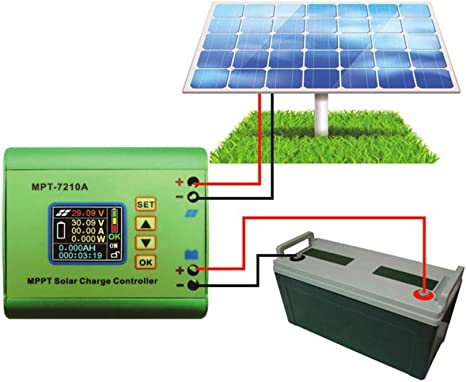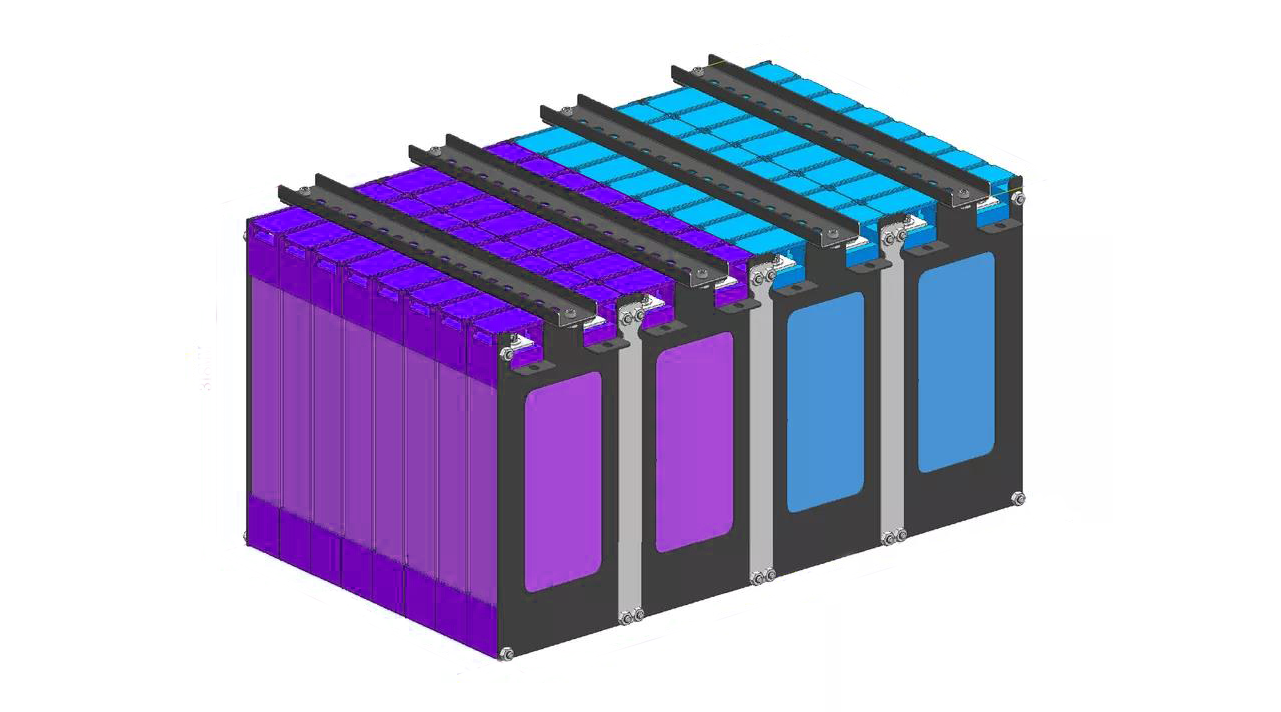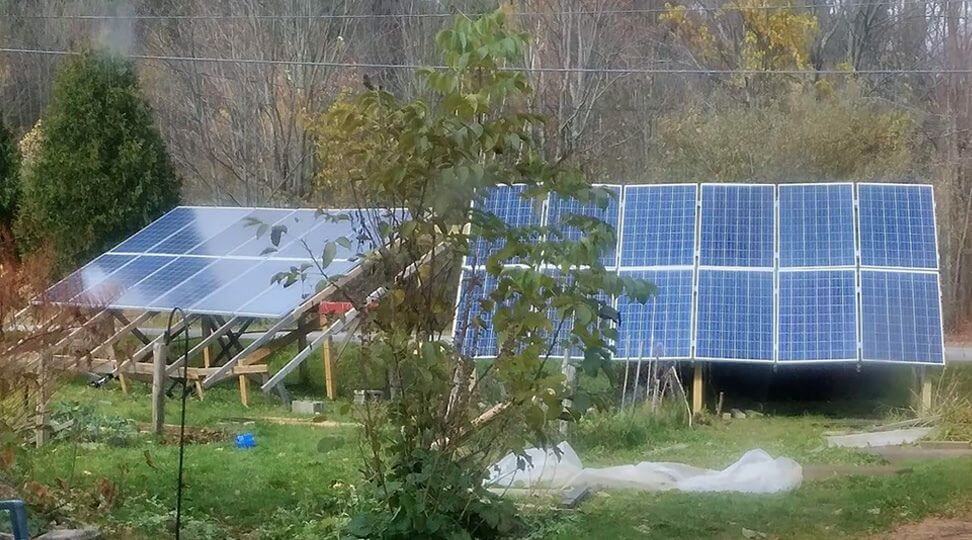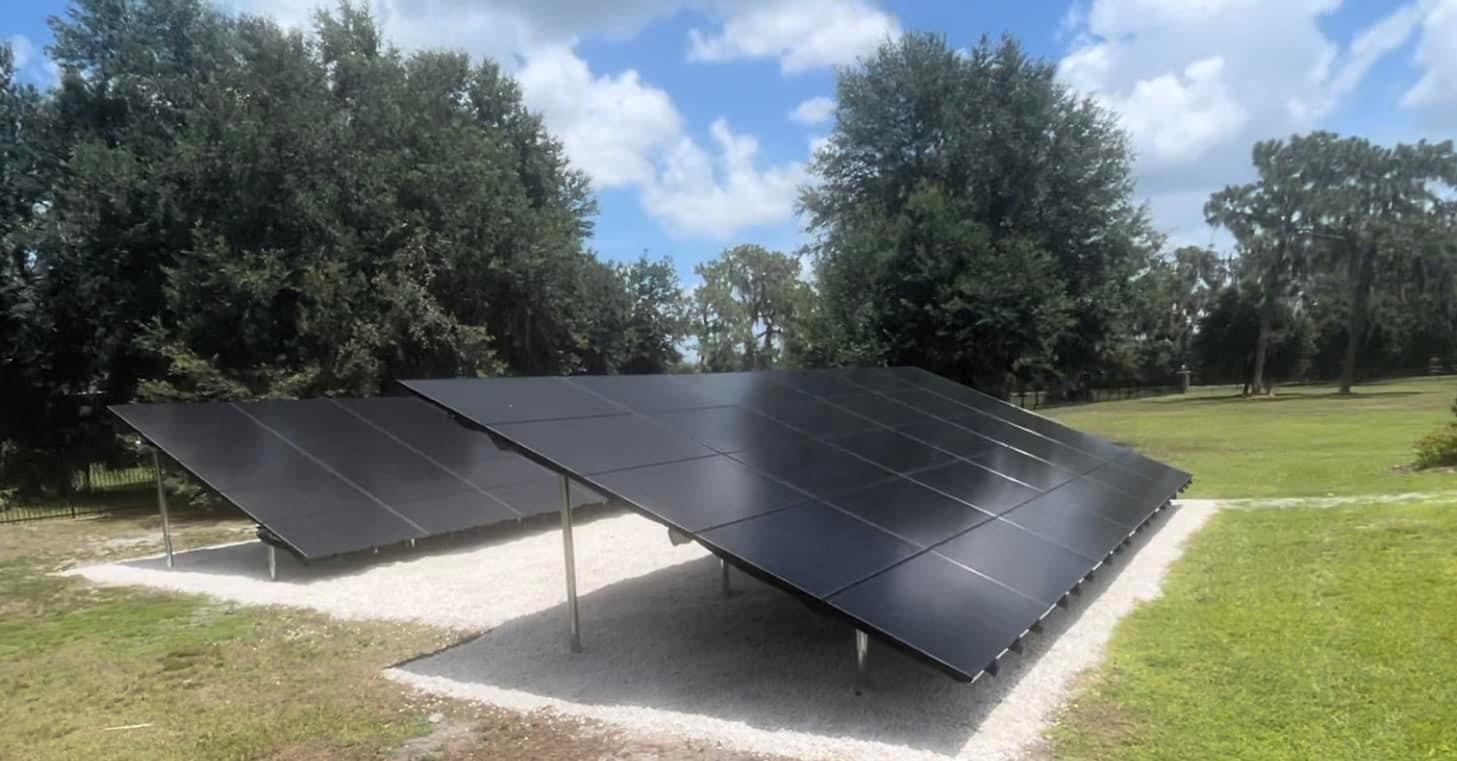
Can I Connect A Solar Panel Directly to A Battery?
Table of Contents
No, you cannot connect a solar panel directly to a battery because specialized charging circuitry is required for proper battery charging and the fluctuating voltage coming in from the solar panel would be unreliable.
Charging Batteries: The Role of Specialized Circuitry
All batteries, lithium-ion or not, require specialized charging circuitry to ensure safe and efficient charging. Lithium-ion batteries in particular require a constant current charging phase followed by a constant voltage phase. This is not possible with any simple DC power source, even if it's generated by an AC-to-DC power supply.
Lead acid batteries can be charged with a simple constant voltage source, but that voltage source has to be a particular level higher than the battery’s current voltage. The unstable nature of the voltage coming from a solar panel makes this impossible. Especially considering the fact that the voltage is going to drop tremendously when a load is attached.
Voltage Challenges in Solar Charging
Most solar panels have a peak voltage of around 18 or 19 volts under optimal conditions. There are several environmental factors such as passing clouds or obstructive objects, that will cause the output voltage to drop dramatically. In addition to the dramatic changes, as the sun changes its position throughout the day, the voltage output of the panel will naturally raise and lower.
These facts totally rule out the possibility of connecting a solar panel directly to a battery. The battery charging process relies on providing the battery with a voltage that is slightly higher than its current voltage. This can either be done in a simple way, such as charging a lead acid battery, or a complicated way, like charging a lithium-ion battery.
The power transferred during charging relates directly to the difference between the charge voltage and the battery voltage. So, a solar panel, with its voltage continually changing due to environmental factors, isn't at all suitable for providing consistent voltage for battery charging.
Solar Charge Controllers: The Proper Way to Connect A Solar Panel To A Battery
The correct and most efficient way to connect a solar panel to a battery is by using a solar charge controller. These devices are designed so that their outputs can handle the specific voltage requirements of different types of batteries, ensuring a steady and appropriate flow of charge. A solar charge controller’s input, however, is designed to work with the constantly changing voltage coming in from a solar panel.
The charge controller can be thought of as a voltage stabilizer that can take in an unstable voltage from the sun and output a stable voltage to a battery.
Types of Solar Charge Controllers: PWM and MPPT
There are two main types of solar charge controllers: Pulse Width Modulation (PWM) and Maximum Power Point Tracking (MPPT). While MPPT controllers are more efficient, they are typically larger and more expensive. These controllers are best for larger solar installations where efficiency is of utmost importance.
On the other hand, PWM controllers are less expensive and are generally more compact, which makes them better for applications where space is at a premium. PWM solar controllers are a great, low-cost way to properly connect a solar panel to a battery.
Can You Power Anything Directly With Solar Panels?
Yes, there are all kinds of things you can power directly with solar panels. On a bright, sunny, cloudless day, a properly mounted solar panel will always have a decent running voltage. A simple buck converter could be attached to that to level the voltage out to around 12 volts. That voltage source can be used to power all kinds of low-power electronics like phone and laptop chargers, lights, sound systems, and all kinds of other things like that.
[[ aff type=aff ~ link=https://amzn.to/3E3qLOz ~ title=`Buck Converter DC to DC Step Down` ~ image=https://admin.cellsaviors.com/storage/81L1-6rB9OL._AC_SX679_.jpg ~ description=`The input voltage range is DC 10-65V; Output voltage range is DC 0-60V, which is adjustable and used to convert 24v to 12v 5v; Output current range is 0-12A, which is adjustable; Max output power is 720W` ~ height=large ~ buttonText=Check Price`` ]]
It’s not the most practical way to use solar power, but it can most certainly get the job done.




